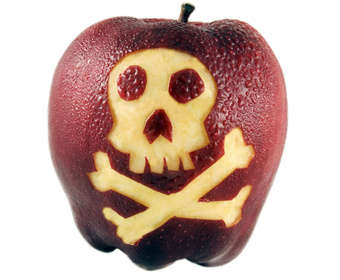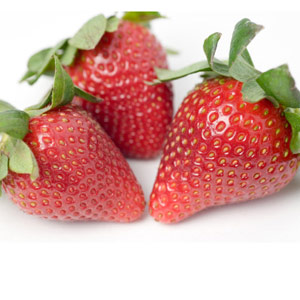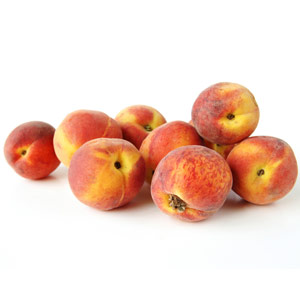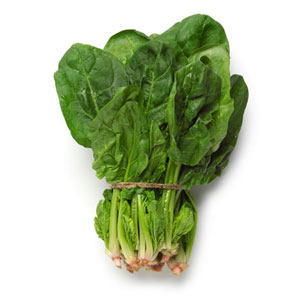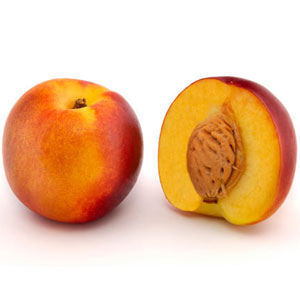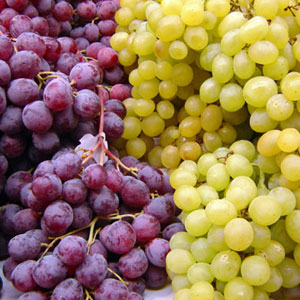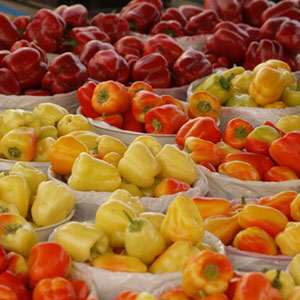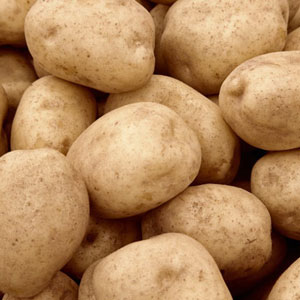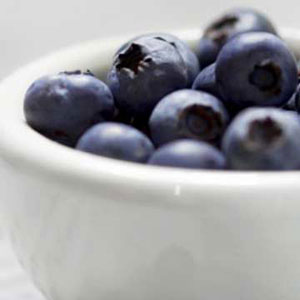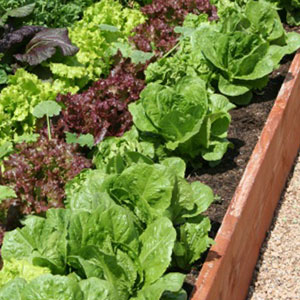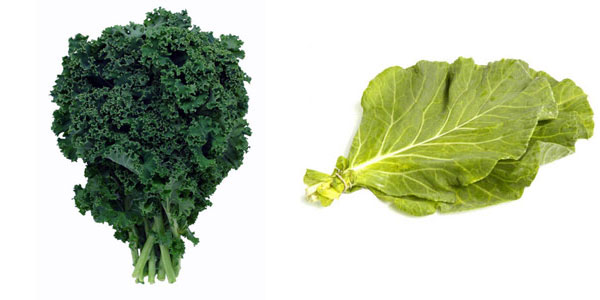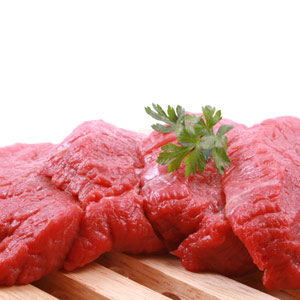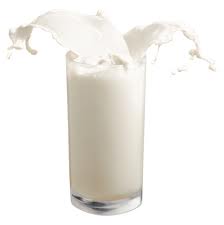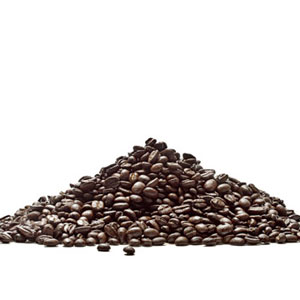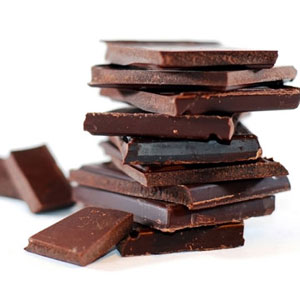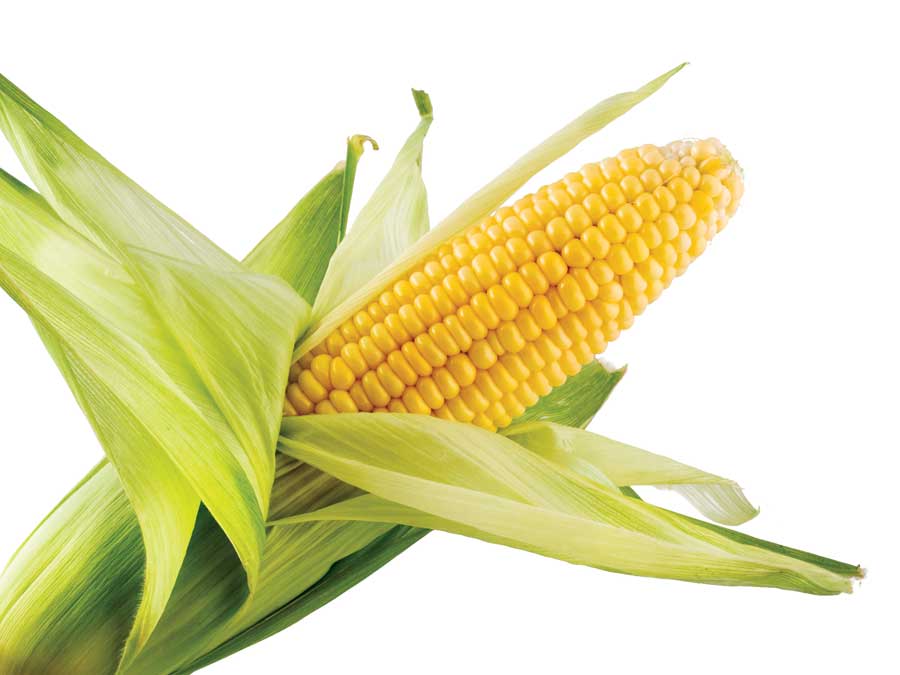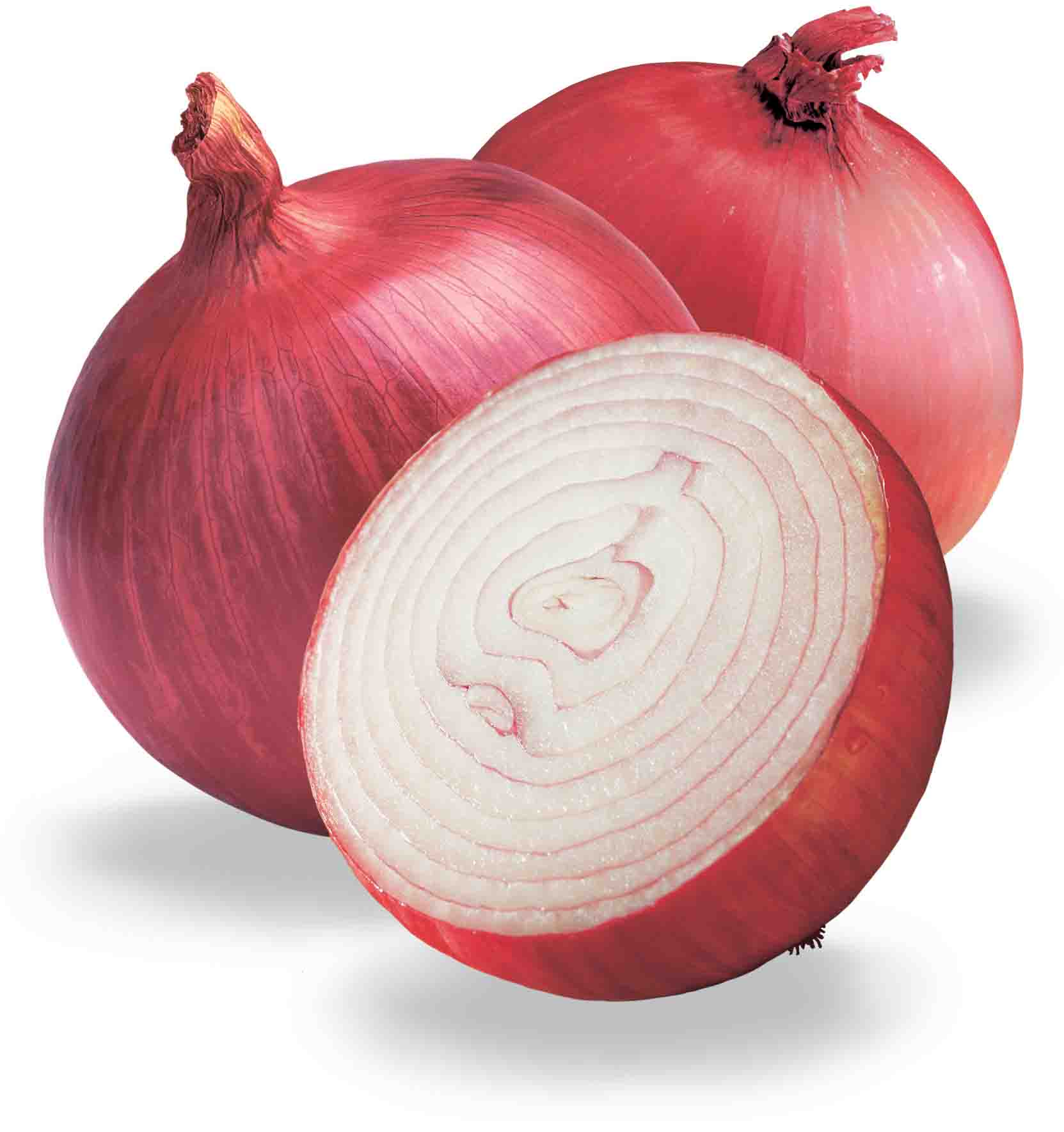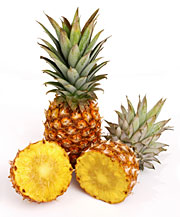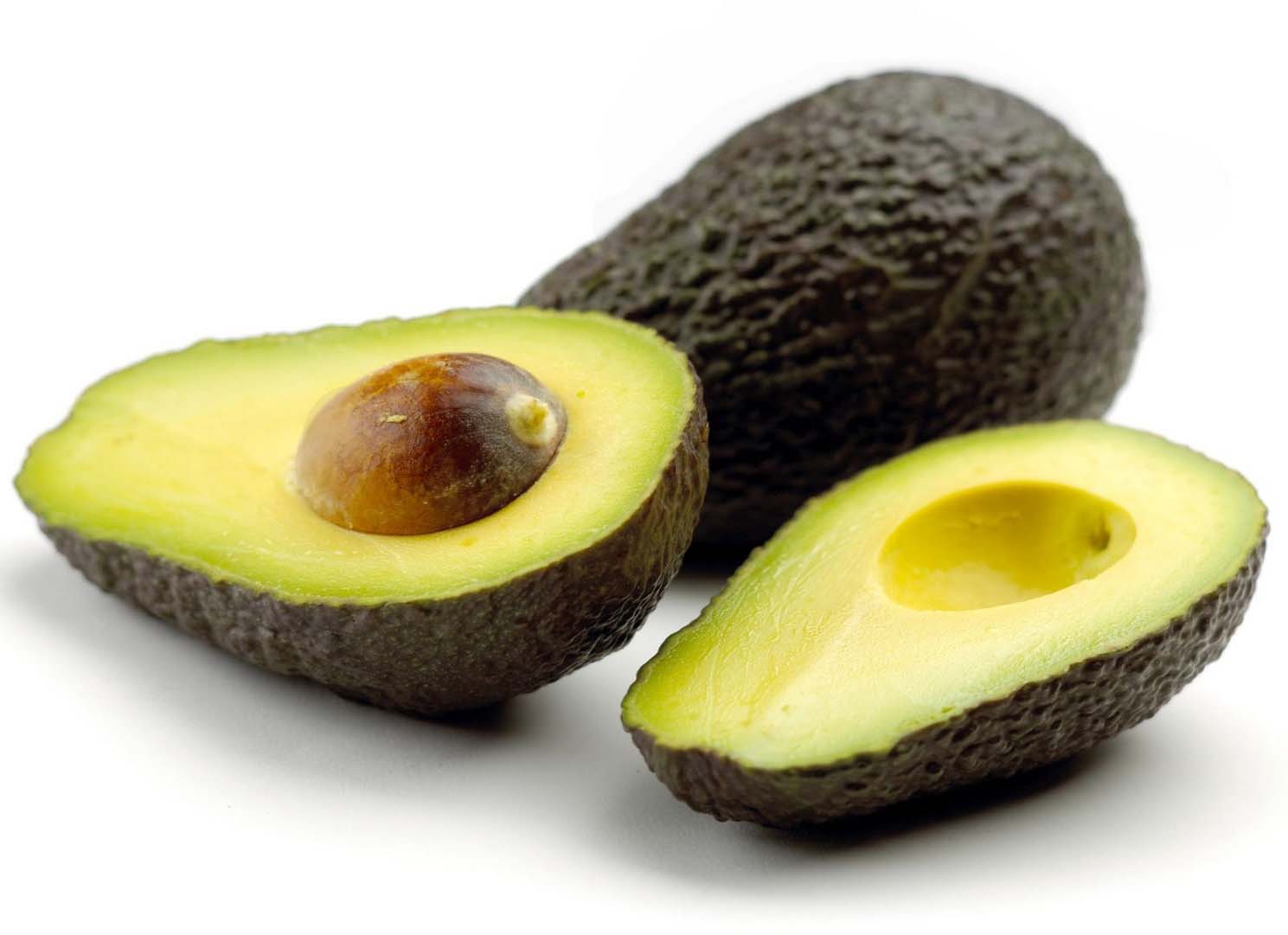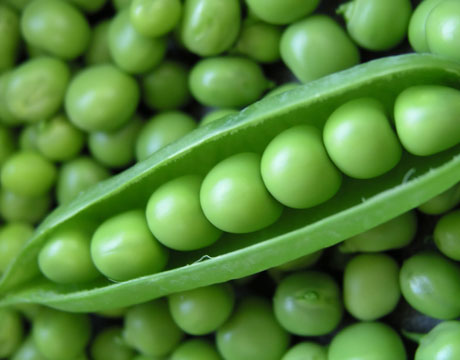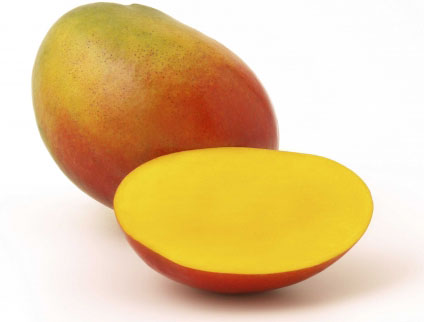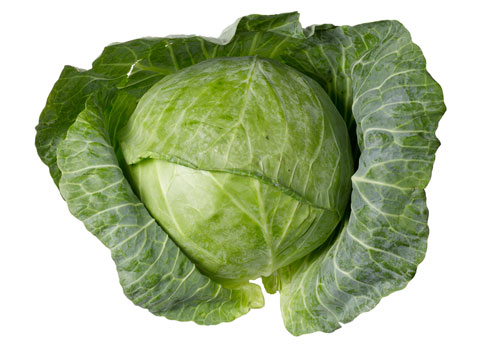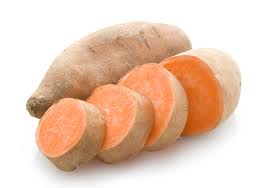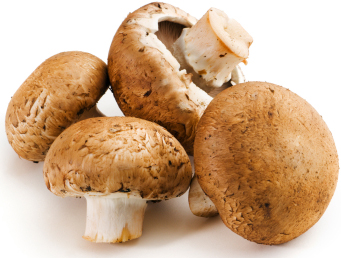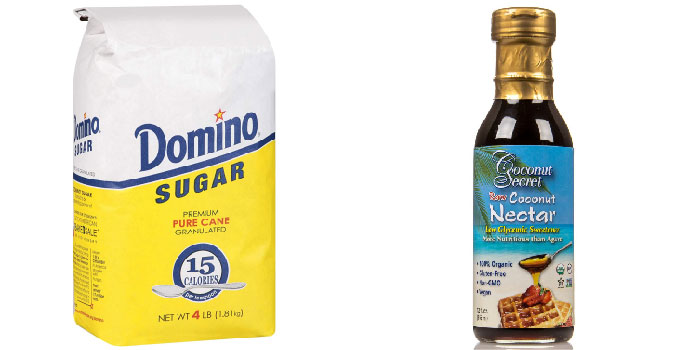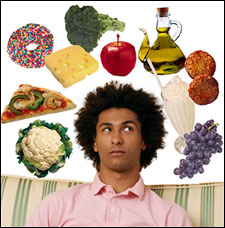Top 12 Foods to Eat Organic
Eating organic food allows you to avoid ingesting hundreds of pesticides and prevents the use of synthetic fertilizers that are typically made using fossil fuels that damage the soil in the long-run. Besides the fact that you’re ingesting what’s been proven to contain various carcinogens that degenerate your cells (just as cancer does), hormone disruptors, neurotoxins, and developmental or reproductive toxins… the people that work on these farms and live near them are constantly exposed to all of these chemicals.
But, since organic food is usually more expensive than inorganic food, a lot of people are hesitant to go organic. With this in mind, the truth is that there happens to be certain foods that are worst than others, in regard to the amount of chemicals you end up ingesting from them. With this information, we can be wise about which foods we choose to purchase organically and which foods are okay to save money purchasing inorganically. Typically fruits that grow on a tree, berries, and leafy greens are the best produce to purchase organically. Below is a simplified list, for more detailed information or if you don't see your favorite food, then please click here.

Apples:Contains 42 different pesticides. Not surprisingly, pesticide residue is also found in apples juice and apple sauce, making all apple products a smart chose to purchase organically. Although some people recommend peeling apples to reduce exposure to pesticide residue, you’re also defeating the purpose of eating that apple since most of its nutrients is contained within the skin. Safer inorganic alternatives: watermelon, bananas, and tangerines. |
Celery:Contains 64 different pesticides. Safer inorganic alternatives: broccoli, radishes, and onions. |
Strawberries:Contains 54 different pesticides. Safer inorganic alternatives: kiwi, pineapples. |
Peaches:Contains 62 different pesticides. Safer inorganic alternatives: watermelon, tangerines, oranges, and grapefruit. |
Spinach:Contains 48 different pesticides. |
Nectarines:Imported nectarines contain 33 pesticides, however domestic nectarines don’t contain nearly as much. Safer inorganic alternatives: pineapple, papaya, and mango. |
Grapes:Imported grapes contain 34 pesticides. This of course includes raisins and wine. |
Sweet Bell Peppers:Regardless of the color, sweet bell peppers contain 49 different pesticides. |
Potatoes:America’s favorite vegetable contains 37 pesticides. Safer inorganic alternatives: sweet potatoes. |
Blueberries:Known as the healthy fruit (along with black berries and Açaí berries) the blueberry contains 52 pesticides. Although frozen blueberries contain fewer pesticides on average, they aren’t as healthy for you as unfrozen blueberries are, because the extreme cold temperatures it’s stored at destroys some of the health benefits. Safer inorganic alternatives: bananas. |
Lettuce:Contains 51 pesticides. Safer inorganic alternatives: asparagus. |
Kale / Collard Greens:These superfoods are traditionally known to rarely suffer from pests and disease, but for some reason recently have been found to contain high amounts of pesticide residue up to 55 for Kale and 46 for Collard Greens. Safer inorganic alternatives: Brussels sprouts, cabbage, asparagus, broccoli, and dandelion greens. |

Additional Food to Beware:
Fatty Meats:Although in generally pesticides are not found in beef muscle, fat contains about a dozen pesticides. These specific chemicals tend to accumulate in human fat cells and live there for very long periods of time, which makes them exceptionally dangerous. The same is true with other meats, such as pork fat and chicken thighs (with their high fat content). Safer inorganic alternatives: lean meat. |
Milk:Although it only contains about a dozen different pesticides, milk is a staple in a growing child’s diet. Young children are much more susceptible to chemicals then we are as adults, so it’s highly recommended that young children consume organic milk. |
Coffee:This product should be avoided altogether since it’s not good for our health, but if you’re going to drink this be aware that the countries that grow coffee beans usually have lax regulations for use of pesticides. Look for the USDA Organic label. Also, you may look for the Fair Trade Certified label to ensure the farmers were paid fairy and treated well, and the Rainforest Alliance (or Bird Friendly) label to ensure your purchase supports preserving the rainforest and wildlife. |
Chocolate:Similar to the problems with purchasing coffee beans, cocoa beans are grown across the developing world, sometimes in countries without strict laws governing the use of pesticides, worker rights, or environmental factors. |
Corn:Although this food doesn't suffer from pesticide poisoning as much because of the thick skin that gets peeled away and thrown out. However, a big problem is Genetically Modified corn since it's the number one food found in most of our processed foods. The biggest problem is that even if it's labeled as organic, that doesn't guarantee that it isn't genetically modified. So how do you tell if it's genetically modified or not? Well, if you live in Europe then it should be labeled as a GM product. However, currently in the United States and Canada there's no way of telling because then nearly every processed food product containing corn would have to add the label of GM onto it. There's something to think about. |

Safe Inorganic Food:
The following list contains the best foods that you may be able to purchase inorganically, without much fear of ingesting harmful pesticides:


